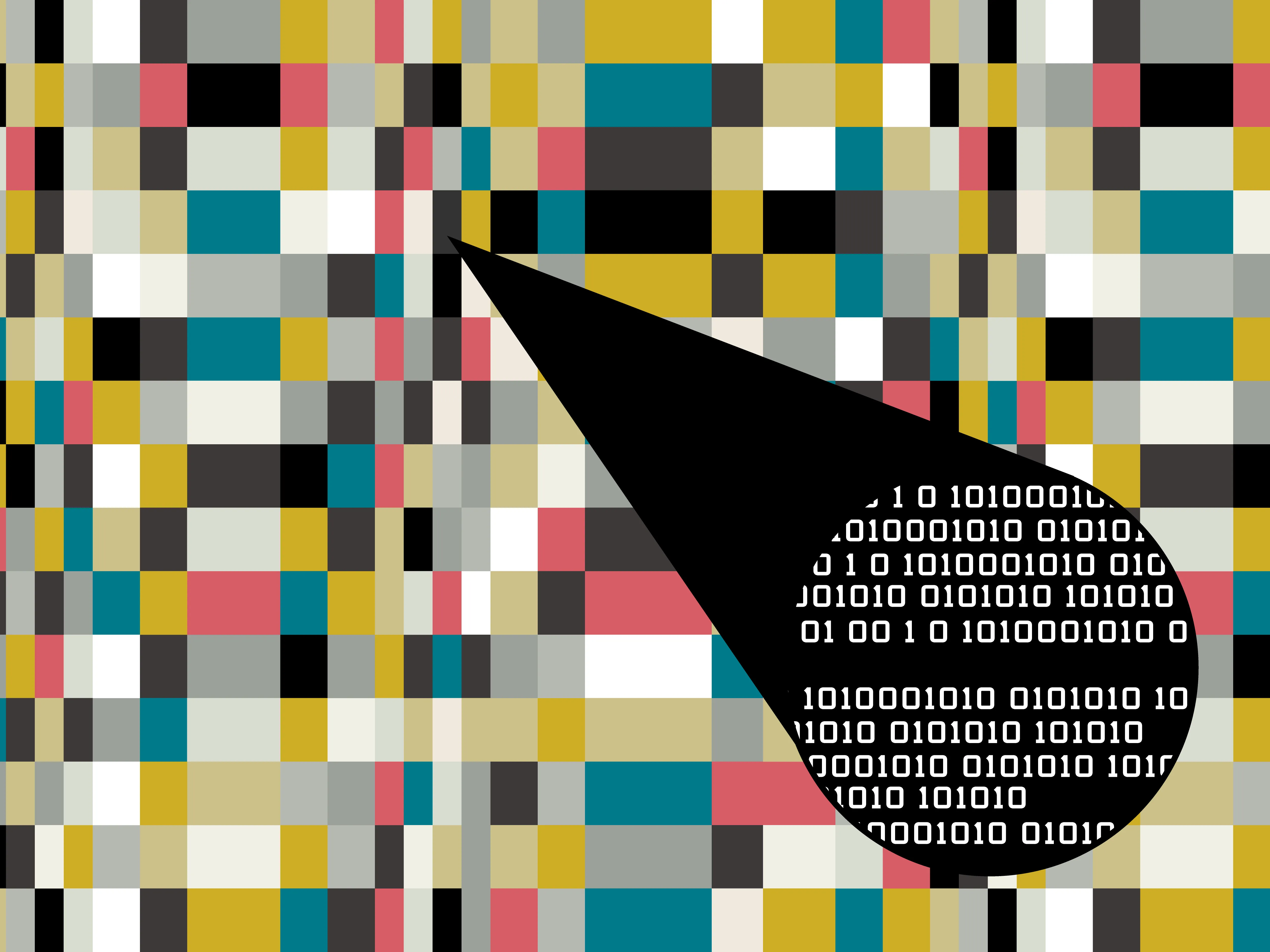In the world of cybersecurity, there are many ways to keep sensitive information secure. Encryption, firewalls, and secure communication channels are just a few examples. However, one method that is often overlooked is Steganography. Steganography is the art of hiding messages in plain sight. In this blog post, we will explore what Steganography is, how it works, and why it is a vital tool in the intelligence community.
What is Steganography?
Steganography is the practice of concealing a message within another message or medium in such a way that the presence of the hidden message is not apparent. The term Steganography comes from the Greek words steganos, meaning "covered or concealed," and graphein, meaning "writing." In other words, Steganography is the art of writing in a way that is not visible to the naked eye.
Steganography has been used throughout history to keep messages secret. One of the earliest examples of Steganography dates back to ancient Greece, where a message was hidden on a wooden tablet and then covered with wax. The message was only revealed when the wax was removed.
How does Steganography work?
In modern times, Steganography is typically used to hide information in digital files such as images, videos, and audio recordings. The process of hiding information in these files is relatively simple. The information is first encrypted and then embedded in the file in a way that is not noticeable. The file can then be transmitted over the internet or stored on a device without anyone realizing that it contains hidden information.
There are many different methods of Steganography, including:
1. LSB Steganography: LSB Steganography involves changing the least significant bit of each pixel in an image. Since the least significant bit controls the brightness of the pixel, changing it has a minimal effect on the appearance of the image. However, when all of the least significant bits are combined, they can form a hidden message.
2. Text Steganography: Text Steganography involves hiding text within a larger body of text. This can be done by using different fonts, sizes, and colors for the hidden text. The hidden text can also be encrypted to make it even more secure.
3. Audio Steganography: Audio Steganography involves hiding information within an audio file. This can be done by altering the amplitude or frequency of certain parts of the audio file. The changes are usually too small to be detected by the human ear.
Why is Steganography a vital tool in the intelligence community?
Steganography is a vital tool in the intelligence community because it allows agents to communicate sensitive information without being detected. For example, if an agent needs to transmit information to a colleague in a hostile environment, they can use Steganography to hide the information in a seemingly innocent image or audio file. This allows the agent to transmit the information without arousing suspicion.
Steganography is also useful for law enforcement agencies who need to monitor criminal activity. Criminals often use Steganography to hide their communications, and law enforcement agencies need to be able to detect these hidden messages to prevent crimes from occurring.
In conclusion, Steganography is an essential tool in the world of cybersecurity and intelligence. It allows messages to be hidden in plain sight, making it much more difficult for anyone to intercept them. As technology continues to advance, Steganography will undoubtedly become even more important in the fight against cyber crime and terrorism.
RAVN
